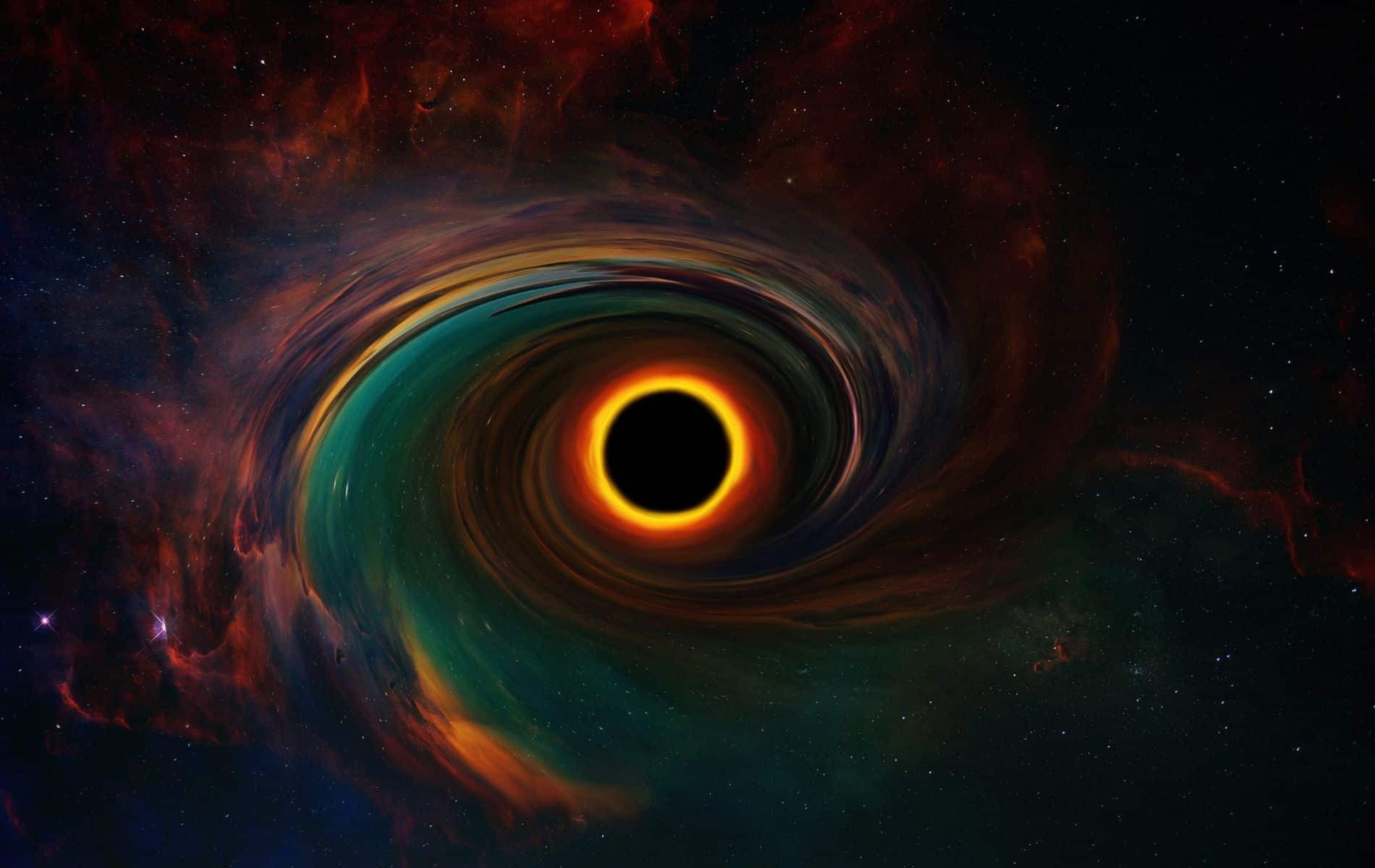
Two record-breaking black holes discovered near Earth
The two also belong to a family of black holes that are completely new to us.
Astronomers using the Gaia mission have detected two previously unknown black holes. The black holes, named Gaia BH1 and Gaia BH2, are both 10 times more massive than our Sun and located 1,560 and 3,800 light-years away, respectively. This makes them the two closest black holes ever discovered.
new family
The fact that the two new black holes are record close to Earth is of course very special. But what makes the discovery even more exciting is that Gaia BH1 and Gaia BH2 also belong to a family of black holes that are completely new to us, the researchers wrote in their studies. “What distinguishes this new group is its great remoteness from the companion stars,” said Karim El-Badry, lead author of the study. The distance of stars from black holes, and their orbits around them, is much greater than in other known binary systems. In fact, Gaia BH1 and Gaia BH2 appear to have the most detached orbits of any known black hole. “This indicates that these black holes were likely formed in a completely different way,” El-Badri said.
You might be wondering how it could be that the existence of these nearby black holes, which are practically in the cosmic backyard, went unnoticed for so long. This has to do with the fact that black holes are objects so extreme that nothing, not even light, can escape from them. As a result, we cannot monitor it directly.
Not completely invisible
However, most black holes often give themselves away. It has to do with the fact that they are not completely invisible. When materials fall on them, they can emit light in radio and x-rays. Especially when a star and a black hole revolve around each other in close orbits, so that a lot of material falls towards the black hole, the black hole is easy to find. So far, all black holes have been detected thanks to this emission of light. On the other hand, new black holes are really black due to their great distance from their companion star, which makes them practically invisible.
Gaia mission
How do researchers know they exist? That’s thanks to the Gaia Space Telescope, which has been studying the night sky for years to map the location, distance, and motion of millions of stars. The motions of stars can provide vital clues about the objects that gravitationally act on those stars. These objects can be other stars or exoplanets, but also, as in this case, black holes.
jig
When astronomers studied the orbits of stars, they found that some of them seemed to “sway” in the night sky, as if they were being affected by the gravity of a massive body. Using various telescopes, the researchers scoured the sky in search of these objects. But the search turned out to be in vain. Since there is no light, only one possibility remains: black holes. “The accuracy of the Gaia data was crucial to this discovery,” says astronomer Timo Prusti. “We were able to detect black holes thanks to the small oscillations of the stars that accompany them. No other instrument is capable of making such measurements.”
Not a big eater
In short, new black holes can only be identified by their gravitational effects. The researchers are still looking for radio and X-rays, but that didn’t lead to anything. “The fact that we didn’t discover anything was still very valuable information,” says researcher Yvette Cendez. “It tells us more about the black hole’s environment. Normally we see many particles from the companion star in the form of stellar winds. The fact that we haven’t detected any radio light indicates that the black hole is not a huge eater and does not consume many stellar particles. We don’t know why this happens yet. But we’re eager to find out!”
More discoveries to come
According to the researchers, the discovery of Gaia BH1 and Gaia BH2 is just the beginning. The fact that these black holes are so close to Earth indicates that there are likely to be many similar black holes waiting to be discovered. “This is exciting because it indicates that black holes belonging to this new family are very common,” says Cendez. “They may be more abundant than black holes in even narrower binary systems.”
But the problem is detecting these “invisible” black holes. “The good news is that Gaia is still collecting data,” reassures Sindis. The following dataset will be based on 66 months of observations and will contain improved information about the orbits of the stars. “This dataset will also contain many more stars, and possibly their mysterious companions,” says Cendez.

“Web maven. Infuriatingly humble beer geek. Bacon fanatic. Typical creator. Music expert.”
